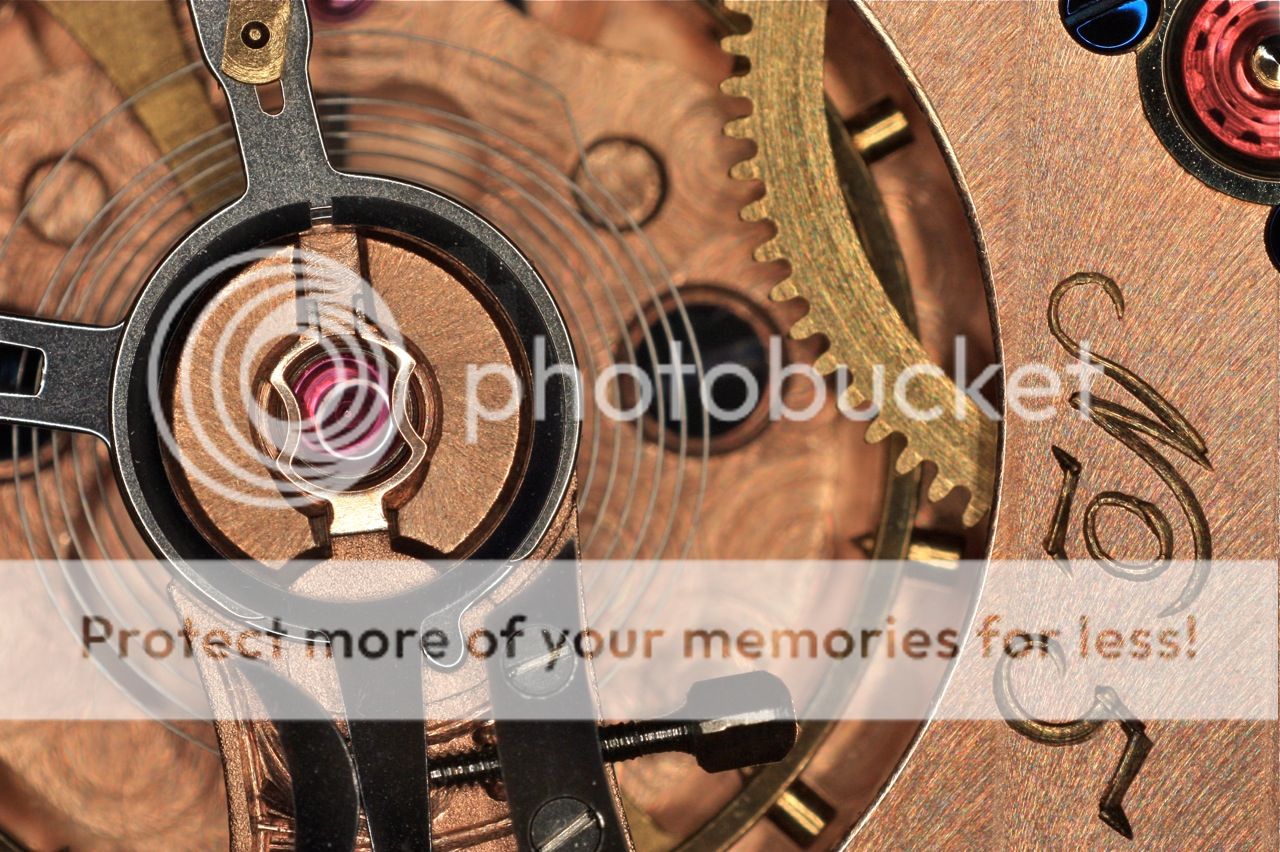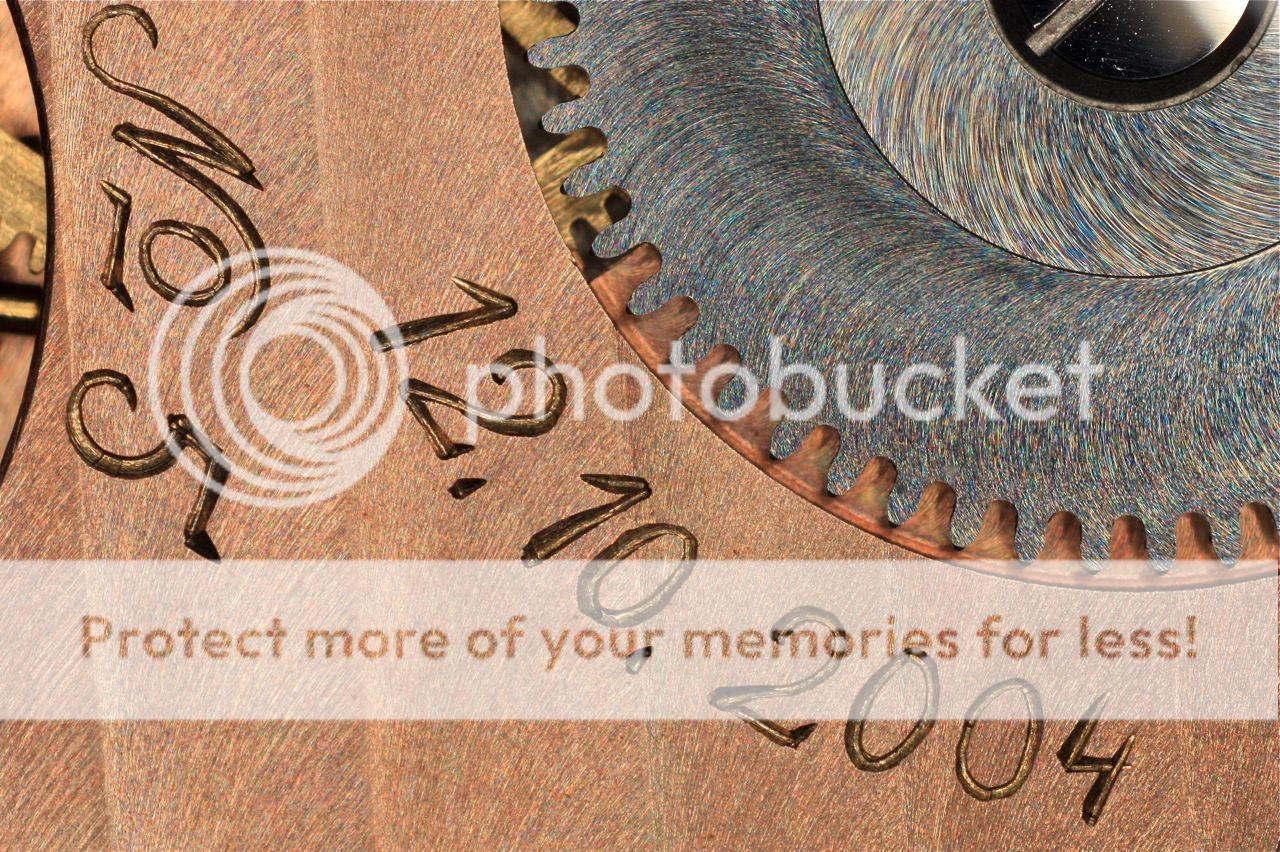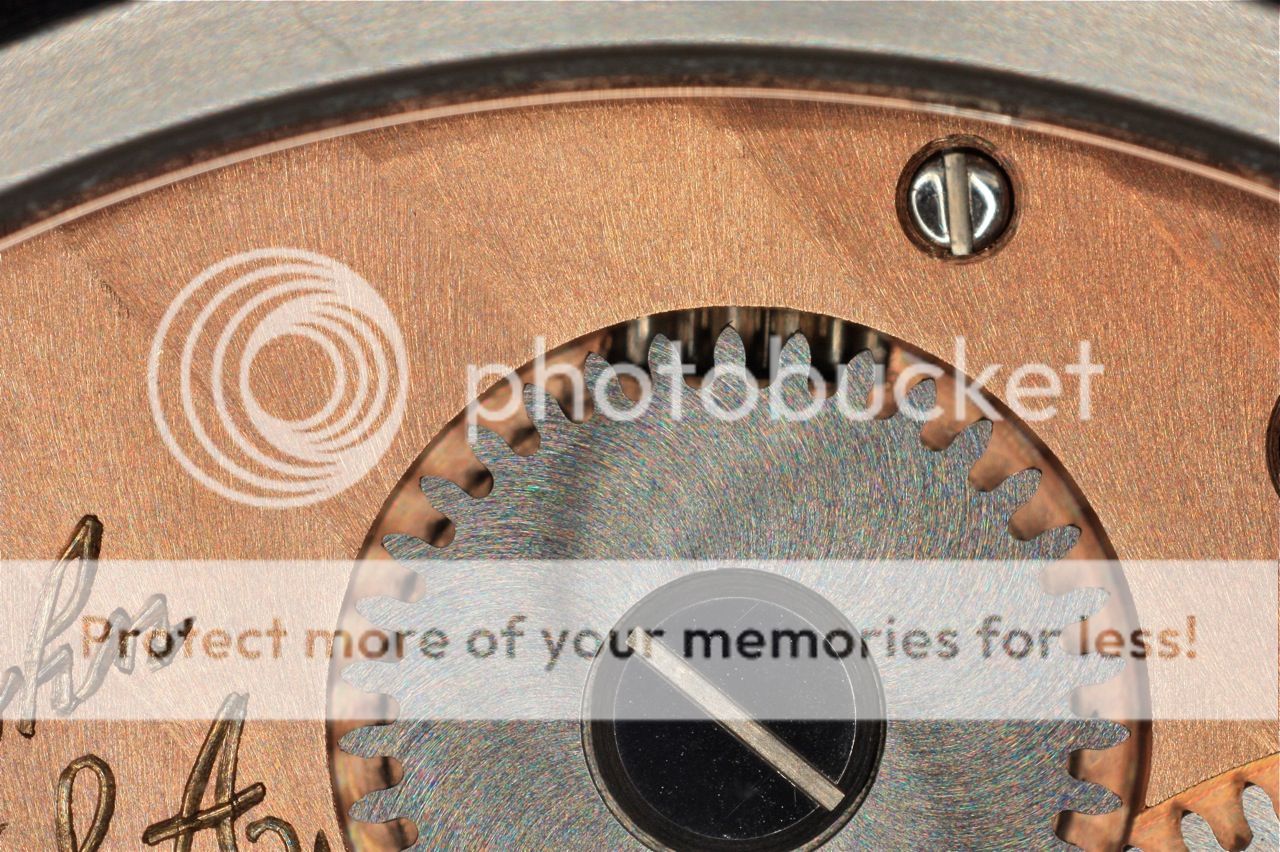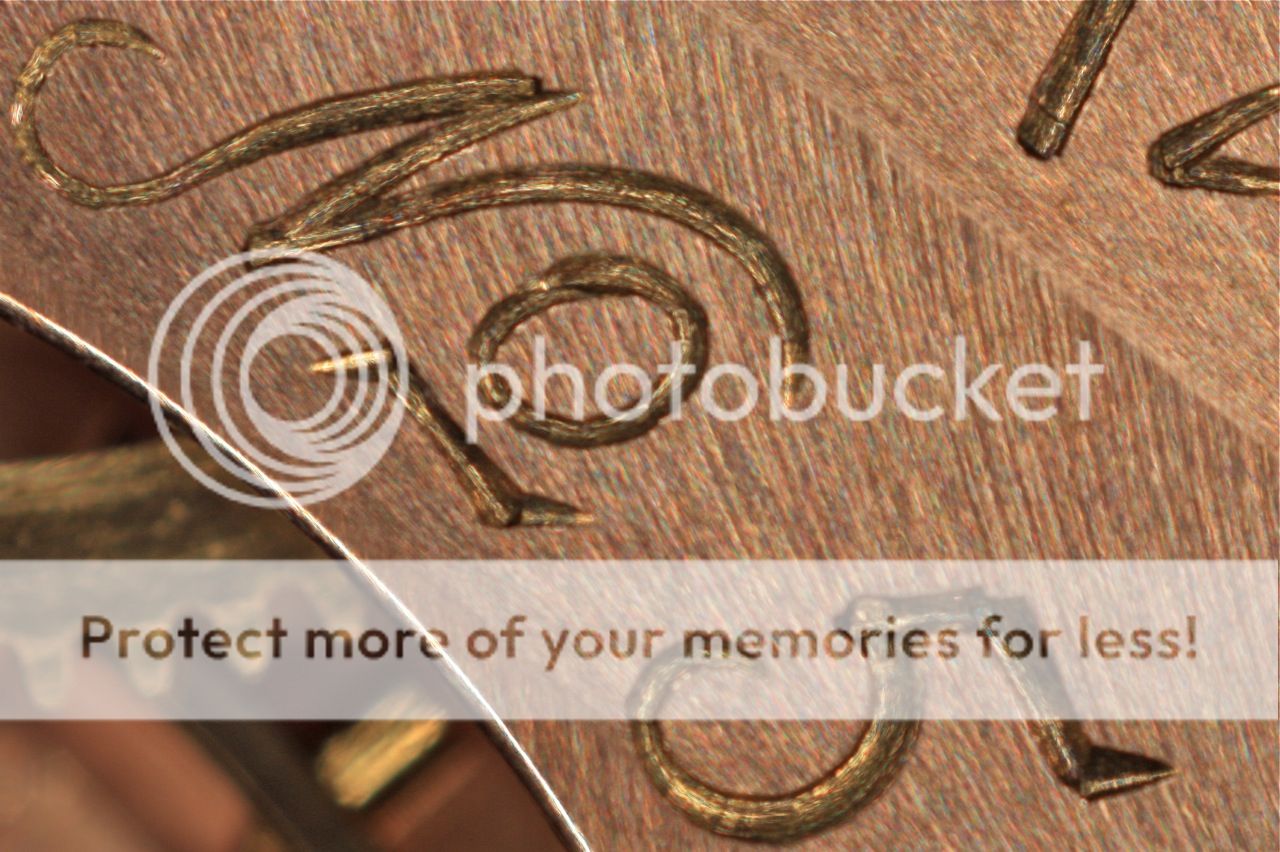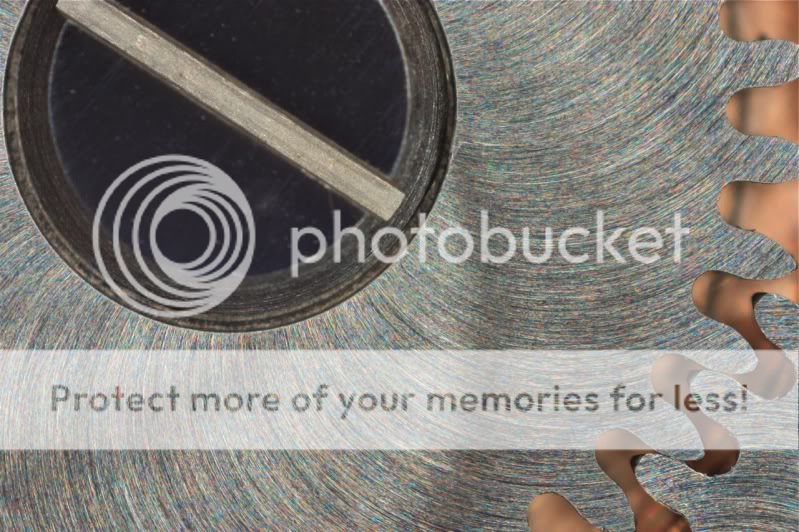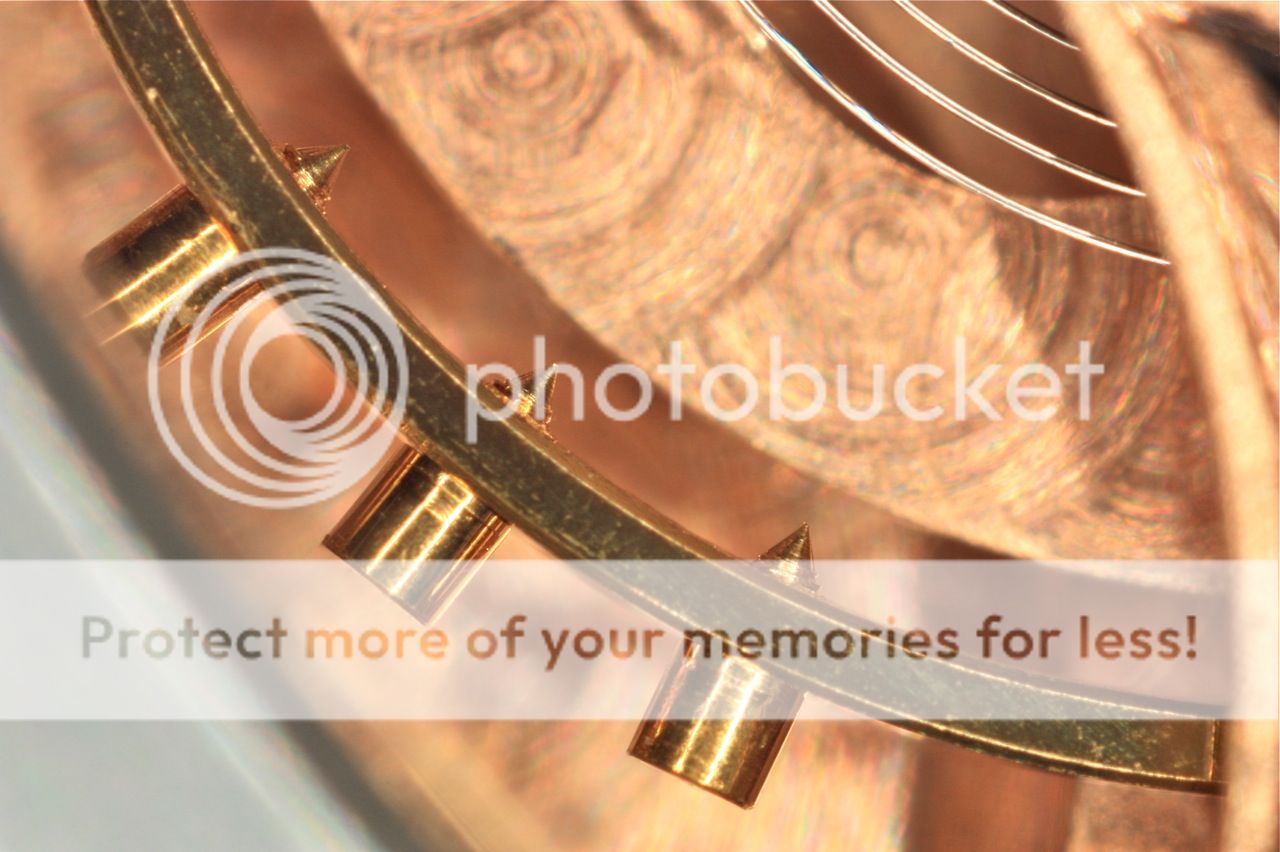- Messages
- 12
- Name
- Duncan
- Edit My Images
- No
Camera used was a Canon 450D. Lens was a Rodenstock 50/2.8 6 element enlarging lens with stepping ring and Nikon adaptor plus: (a) Nikon extension tubes for low magnification & (b) Nikon PB5 bellows for high magnification ... also using a Nikon to Canon EOS body adaptor. Subject Illumination was via a continuous (tungsten) fibre optic ring light attached to the enlarging lens. Camera was attached to a Kaiser copy stand and focus adjusted by turning the copy stand's column rack. Apertures chosen were f5.6 to f11, the larger f5.6 aperture chosen to avoid diffraction effects at the high magnification ... effective magnification was probably f22 when working at 3x magnification (ie according to formula f' = f(m+1) where f' = effective aperture, f = set aperture and m = magnification) . As an aid to focusing, a 2¼² (6x6) slide viewer was used as a loupe (placed on the camera's monitor) to magnify the live view image; the camera's 5x and 10x magnification facility was also used in conjunction with the loupe. The live view image was very much easier to focus than the viewfinder image - even though I also tried using an angle finder with the viewfinder. Shutter was delayed by 2 seconds to damp down any 'shake' caused by me pressing the shutter release - I did not use a remote release or mirror lock. A small spirit level was also used (placed on the monitor) to ensure the camera was parallel to the copy stand base.
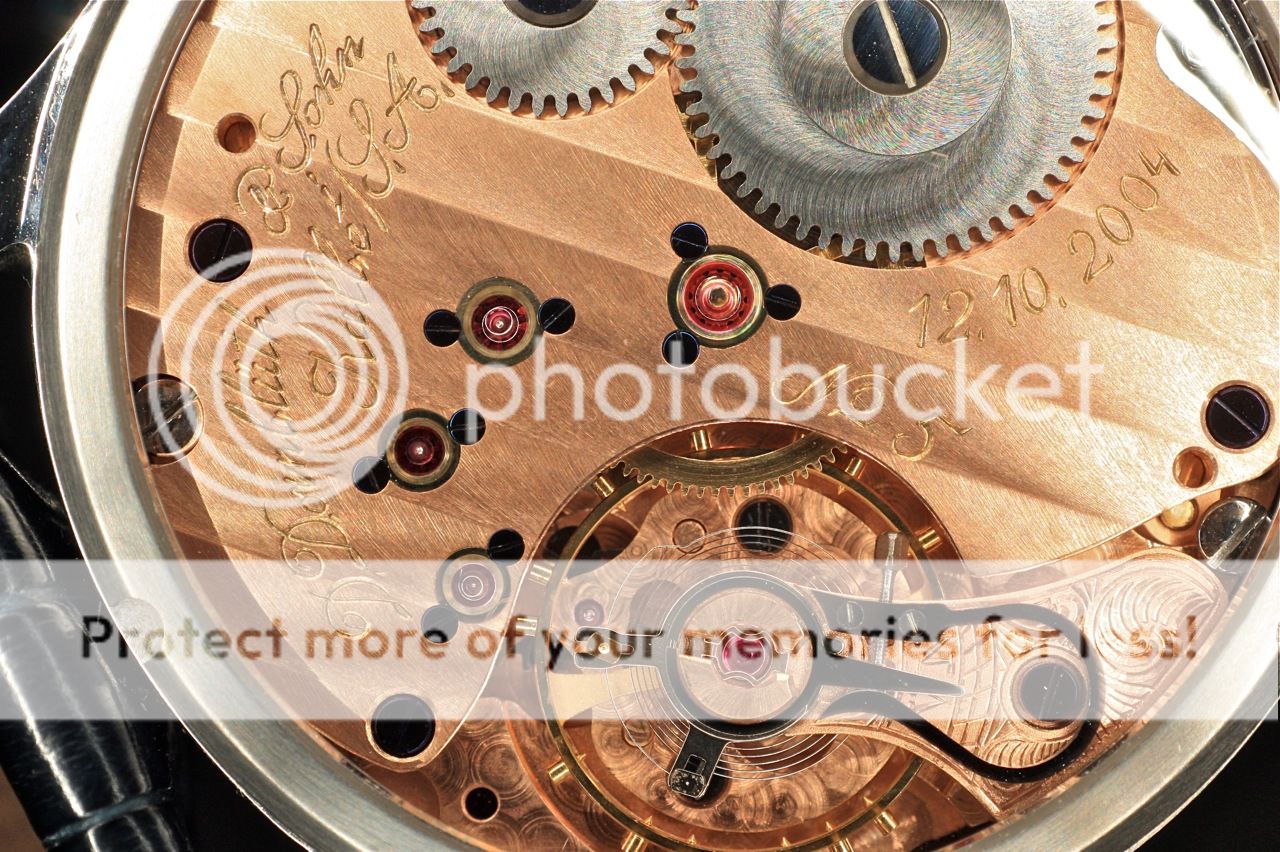
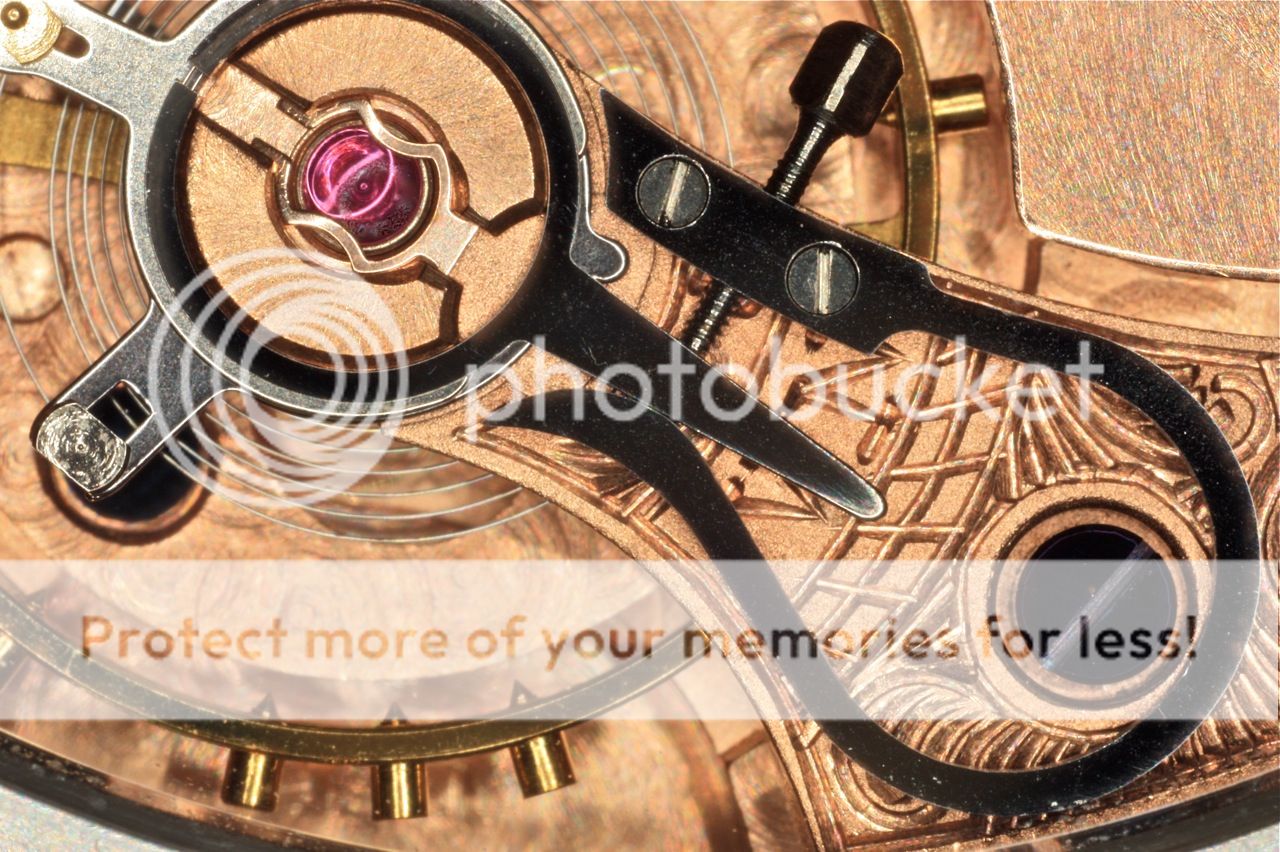
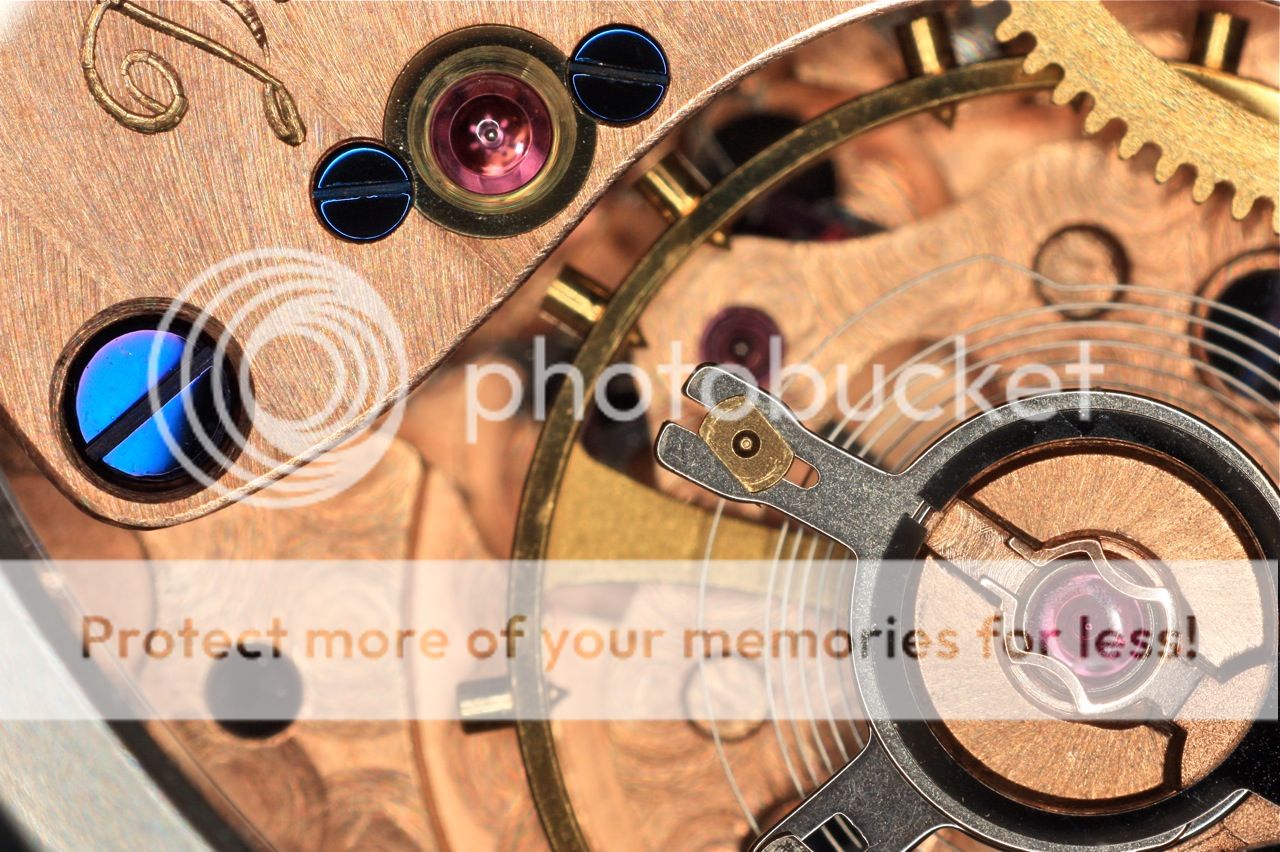
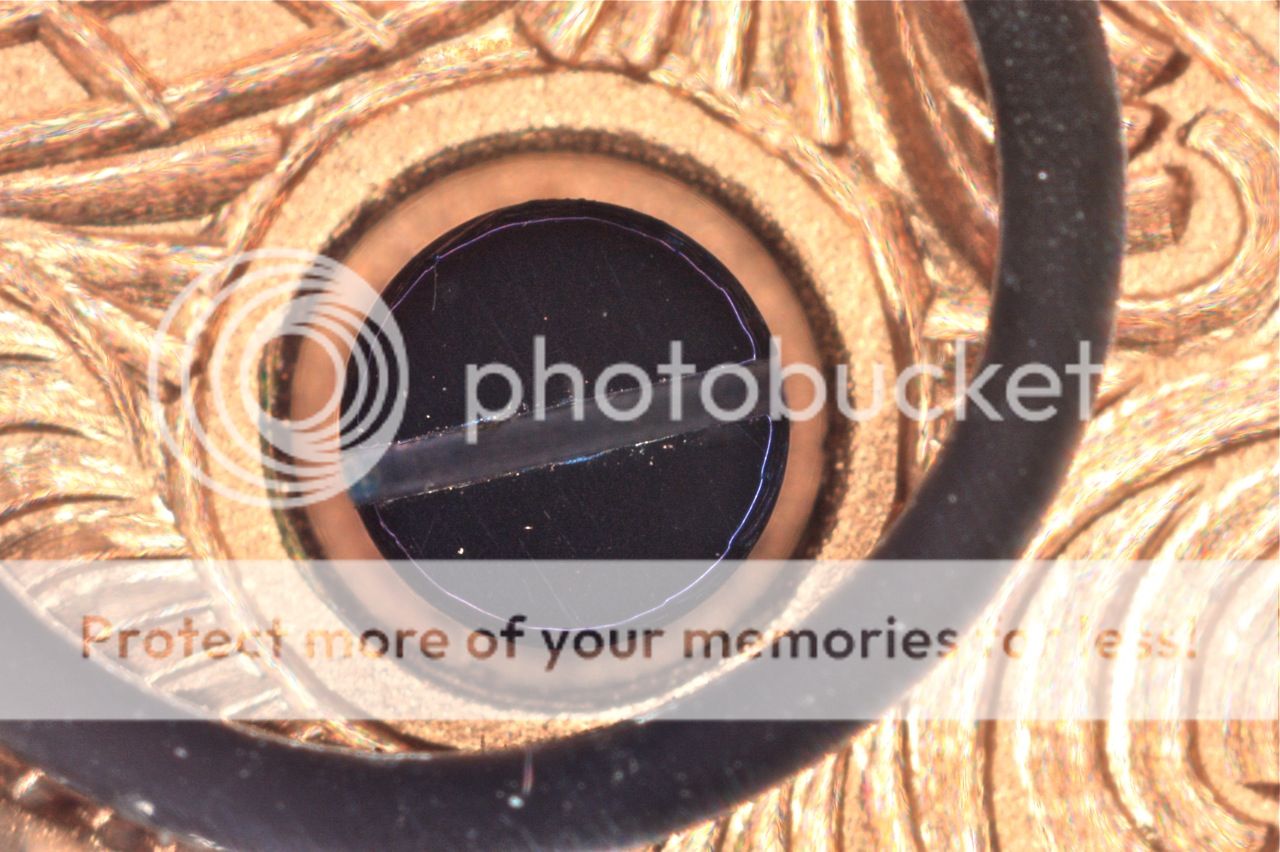
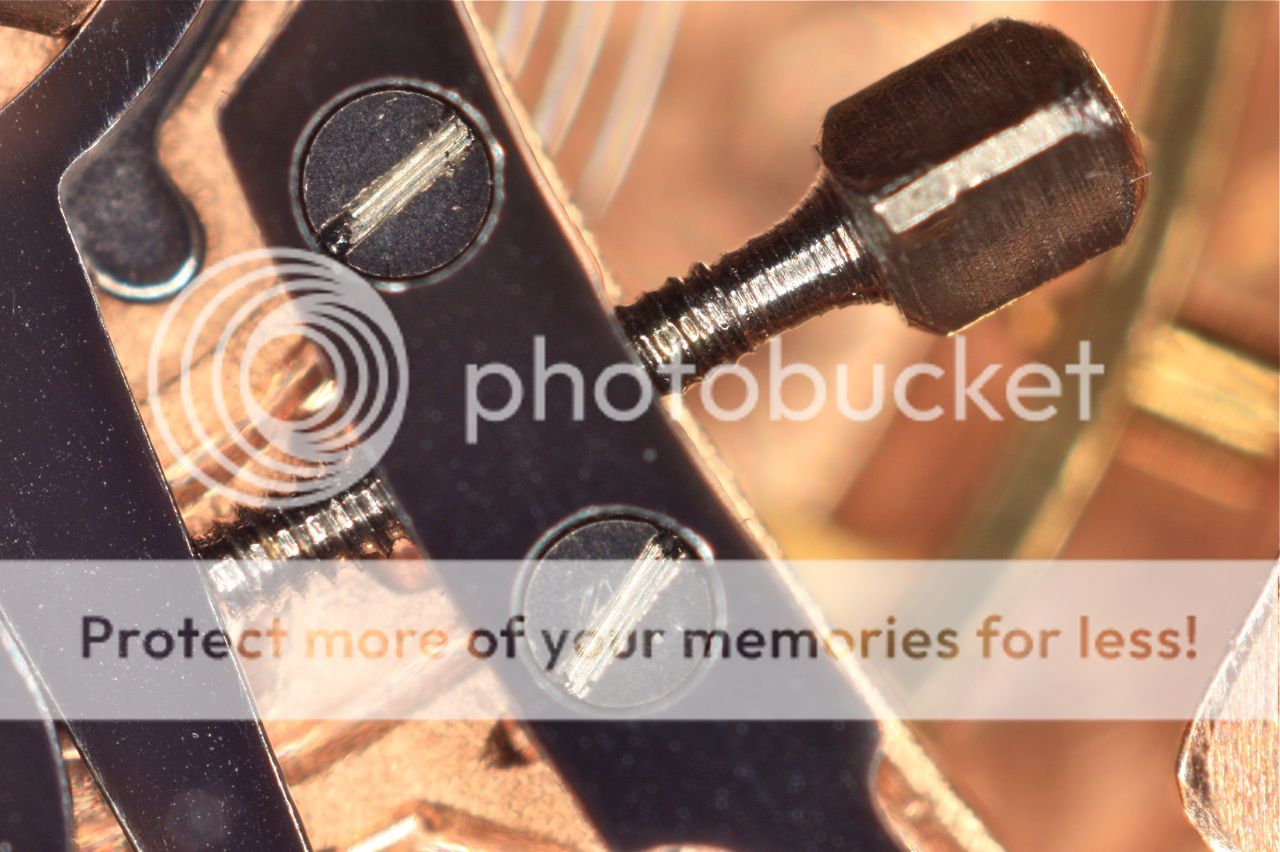

... a few more pictures follow ...






... a few more pictures follow ...
Last edited:

